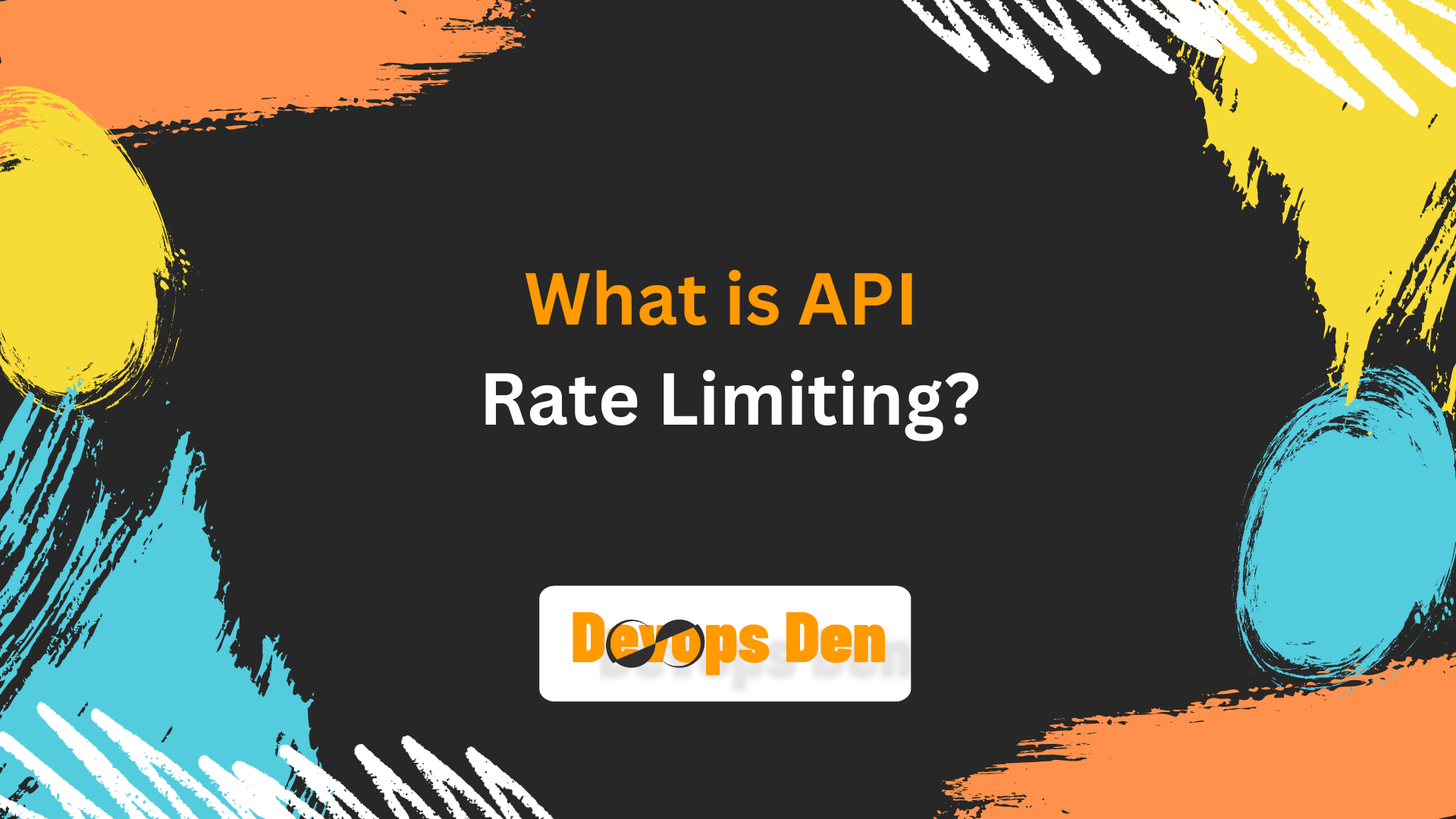What is API Rate Limiting?
 Devops Den
Devops Den
In today’s interconnected digital world, Application Programming Interfaces (APIs) serve as the backbone, allowing different software applications to communicate with each other seamlessly. Whether you’re accessing a social media platform, making an online payment, or retrieving weather data, APIs play a crucial role in facilitating these processes. But with the increasing demand and usage, managing traffic efficiently becomes a challenge. This is where API rate limiting comes into play.
Introduction
API rate limiting is a technique used by API providers to control the number of requests that a client (such as a user, application, or service) can make to the server within a specified time period. Essentially, it limits how frequently a client can access an API to ensure stability, security, and optimal performance of the server.
For example, a service may allow a maximum of 100 requests per minute. If a user or application exceeds that threshold, additional requests will either be delayed or blocked, typically returning an error message like HTTP status code 429 (Too Many Requests).
Why is Rate Limiting Important?
Prevents Server Overload: APIs are prone to abuse, where malicious users or even unintended spikes in traffic (e.g., a sudden surge of users) could overwhelm the server. Rate limiting helps protect servers from excessive load, ensuring they can handle legitimate traffic efficiently without slowing down or crashing.
Enhances Security: Rate limiting acts as a safeguard against Distributed Denial of Service (DDoS) attacks, where attackers flood the server with requests to render it inoperable. By enforcing limits, APIs can mitigate the risk of such attacks, filtering out abnormal traffic patterns.
Fair Usage: Rate limiting ensures that resources are distributed equitably among users. Without such limits, a single user or client might monopolize the API, causing others to experience delays or degraded performance.
Cost Control: For APIs that operate on a pay-per-use basis, rate limiting helps users control their usage and avoid unexpectedly high bills. On the provider side, it helps manage infrastructure costs, preventing excessive resource consumption.
Learn about What are Changes in nginx/1.24.0?
How API Rate Limiting Works
There are several common methods and strategies for implementing rate limits:
Fixed Window: This is the simplest method. In a fixed window, all requests within a defined time window (e.g., 100 requests per minute) are counted, and once the limit is reached, further requests are blocked until the next time window begins.
Sliding Window: A more dynamic approach than the fixed window, the sliding window tracks requests based on a moving time frame. This ensures that the rate limit adapts more precisely to the actual rate of requests, making it less prone to bursts of traffic.
Token Bucket: In this method, a client is allocated a set number of tokens over time, and each request "uses up" one token. When the tokens are exhausted, additional requests are blocked until more tokens are added over time. This allows for occasional bursts but ensures requests remain under a set threshold.
Leaky Bucket: This algorithm ensures a constant, predefined rate at which requests are processed. Any additional requests beyond the rate are queued or discarded. It is often used to smooth out traffic bursts and maintain a steady flow of requests.
Response to Rate Limiting
When a client exceeds the rate limit, the API typically returns an HTTP status code
429 Too Many Requests, along with a message explaining the reason for the block. In some cases, the response might include a "Retry-After" header, indicating how long the client should wait before making another request.
{ "error": "Rate limit exceeded", "message": "You have exceeded the limit of 100 requests per minute", "retry_after": 60 }
Best Practices for Implementing Rate Limiting
Set Clear Limits: Clearly communicate rate limits in your API documentation so users know what to expect and can design their applications accordingly.
Graceful Error Handling: When clients exceed the rate limit, provide clear and detailed error messages, including information on how long they need to wait before retrying.
Prioritize Key Users: For premium or high-priority users, consider implementing higher rate limits or tiered access to ensure their experience is not hampered by standard limits.
Monitor and Adjust Limits: Regularly review API usage patterns and adjust rate limits based on traffic trends, system capabilities, and user feedback.
Conclusion
API rate limiting is an essential mechanism for maintaining the stability, security, and fairness of an API service. By controlling the flow of requests, rate limiting helps prevent server overload, protects against abuse, and ensures an optimal experience for all users. Whether you're a developer building an API or someone integrating with third-party services, understanding and managing API rate limits is crucial to building scalable and reliable applications.
Subscribe to my newsletter
Read articles from Devops Den directly inside your inbox. Subscribe to the newsletter, and don't miss out.
Written by

Devops Den
Devops Den
Whether you're a seasoned DevOps professional or just starting your journey, we're here to support you with expert insights, practical guides, and valuable tools to help you succeed in the world of DevOps